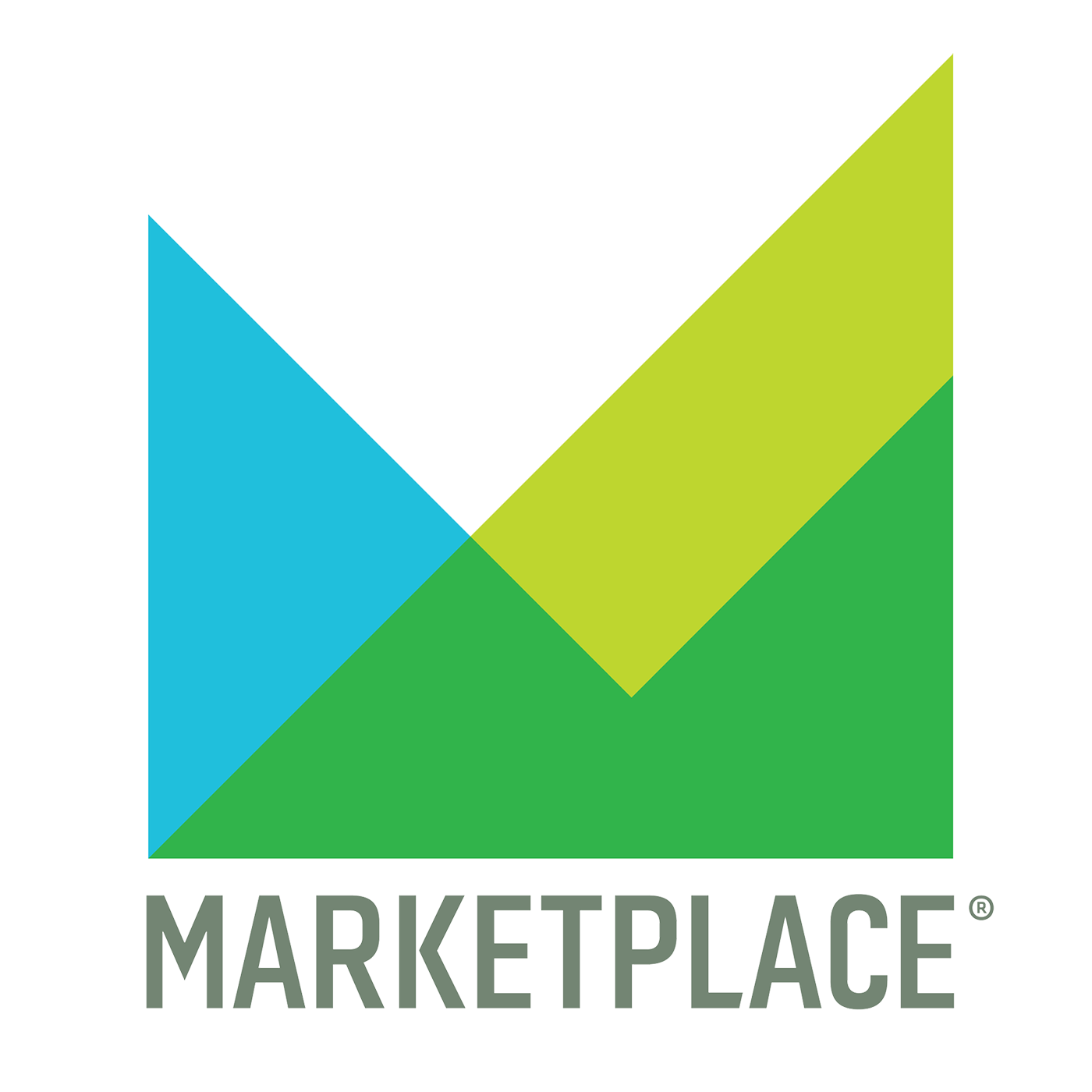Taking the temperature of small business
Digest
The podcast delves into various economic topics, starting with the NFIB Small Business Optimism Index, which rose in July but remains below the long-term average, reflecting ongoing challenges for businesses, particularly due to inflation. The episode then analyzes the Producer Price Index (PPI), revealing a decline in service prices, especially labor costs, potentially leading to economic relief but raising concerns about job security and wages. The podcast takes a creative approach to visualizing the magnitude of the US national debt, comparing it to the distance to planets in our solar system, highlighting the implications of rising debt levels and potential for higher interest rates. It then explores the impact of GLP-1 drugs, like Ozempic, on the snack industry, as these drugs suppress appetite and lead to reduced consumption of unhealthy snacks, prompting snack companies to adapt with smaller portions and healthier options. The episode discusses Home Depot's earnings call, revealing consumer uncertainty and a potential slowdown in home renovation projects due to rising interest rates and economic concerns. Finally, the podcast examines the long-standing relationship between Canadian crude oil and US refineries, highlighting the historical reliance on Latin American oil and the shift towards Canadian crude due to its geographical proximity and compatibility with US refining infrastructure.
Outlines

Economic Trends and Business Outlook
The podcast discusses the latest economic data, including the NFIB Small Business Optimism Index, which rose in July but remains below the long-term average. The episode also explores the impact of inflation on small businesses and consumer spending, as well as the Producer Price Index (PPI) and its implications for job security and wages.

US National Debt and its Implications
The podcast uses a creative approach to visualize the magnitude of the US national debt, comparing it to the distance to various planets in our solar system. The episode discusses the implications of rising debt levels and the potential for higher interest rates.

The Impact of GLP-1 Drugs on the Snack Industry
The podcast explores the impact of GLP-1 drugs, like Ozempic, on the snack industry. The drugs suppress appetite and lead to reduced consumption of unhealthy snacks. Snack companies are adapting by developing smaller portions and healthier options.

Consumer Uncertainty and Home Renovation Trends
The podcast discusses Home Depot's earnings call, which revealed consumer uncertainty and a potential slowdown in home renovation projects due to rising interest rates and economic concerns.
Keywords
NFIB Small Business Optimism Index
A monthly survey conducted by the National Federation of Independent Business (NFIB) that measures the sentiment of small business owners regarding the economy. The index tracks various factors, including sales expectations, inventory levels, and hiring plans.
GLP-1 Drugs
A class of medications that are used to treat type 2 diabetes and obesity. GLP-1 drugs work by stimulating the release of insulin and suppressing appetite. Examples include Ozempic and Mounjaro.
Producer Price Index (PPI)
A measure of the average change over time in the selling prices received by domestic producers for their output. The PPI is a key indicator of inflation and can provide insights into the cost pressures faced by businesses.
US National Debt
The total amount of money that the US government owes to its creditors. The debt is accumulated through borrowing to finance government spending and deficits.
Interest Rates
The cost of borrowing money. Interest rates are set by central banks and can influence economic activity by making it more or less expensive for businesses and consumers to borrow.
Home Depot
A home improvement retailer that sells a wide range of products, including building materials, tools, and appliances. Home Depot is a major player in the US economy and its earnings reports are closely watched by investors.
Canadian Crude Oil
Crude oil extracted from the oil sands of Alberta, Canada. Canadian crude is typically heavy and requires specialized refining processes.
US Refineries
Facilities that process crude oil into gasoline, diesel, and other petroleum products. US refineries have historically relied on imports of crude oil from various countries, including Canada, Latin America, and the Middle East.
Q&A
What is the current state of small business optimism in the US?
The NFIB Small Business Optimism Index rose in July, indicating increased optimism among small business owners. However, the index remains below the long-term average, suggesting that businesses are still facing challenges, particularly related to inflation.
How are GLP-1 drugs impacting the snack industry?
GLP-1 drugs, like Ozempic, are leading to a decline in the consumption of unhealthy snacks. Snack companies are adapting by developing smaller portions, healthier options, and marketing strategies that appeal to GLP-1 users.
What are the implications of the US national debt reaching such a high level?
The US national debt is a significant concern, as it could lead to higher interest rates and increased borrowing costs. This could strain the government's finances and potentially destabilize the economy.
What factors are contributing to consumer uncertainty and a potential slowdown in home renovation projects?
Rising interest rates and concerns about the overall economy are causing consumers to defer major renovation projects. This is impacting businesses like Home Depot, which rely on these projects for revenue.
Why has the relationship between Canadian crude oil and US refineries strengthened over time?
The geographical proximity of Canadian oil sands to US refineries, coupled with the compatibility of Canadian crude with US refining infrastructure, has made Canada a major supplier of crude oil to the US. This relationship has grown significantly in recent years.
Show Notes
When you think “high prices,” you might think of stressed family budgets. But small businesses have to pay up too. Nevertheless, small-business optimism hit a two-year high last month, but it remains under the 50-year average. We’ll visit a boutique in New York and a bookstore chain in Georgia to get entrepreneurs’ on-the-ground perspectives. Also in this episode: New labor data could signal that interest-rate cuts are imminent, snack companies cook up Ozempic-friendly treats and Canada steps into the crude oil supplier spotlight.





